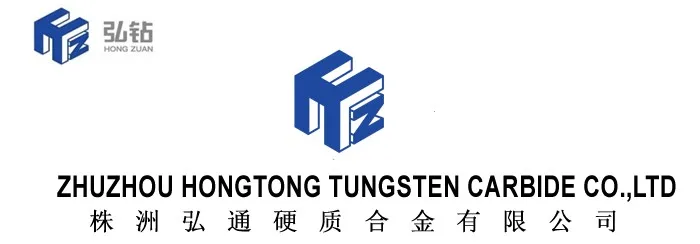Thermal Dynamics Plasma consumables
US $3.00-$8.00
Share on (1601291725167):




Composition (%wt.) | Density (g/cm3) | Hardness (HRC) | Conductivity (%IACS) | Class | RWMA | Advantages |
Tungsten content ≥99.95 | 19.3 | 36 | 30 | 13 | 13.743 | High temperature resistance |
Cerium tungsten (CeO2:2%) | 19.2 | - | - | - | - | Low discharge power, good arc starting performance, excellent arc ablation resistance, and longer service life |
Lanthanum tungsten (La2O3: 1-2%) | 19.2 | - | - | - | - | Low discharge power, easy to process |







New products from manufacturers at wholesale prices